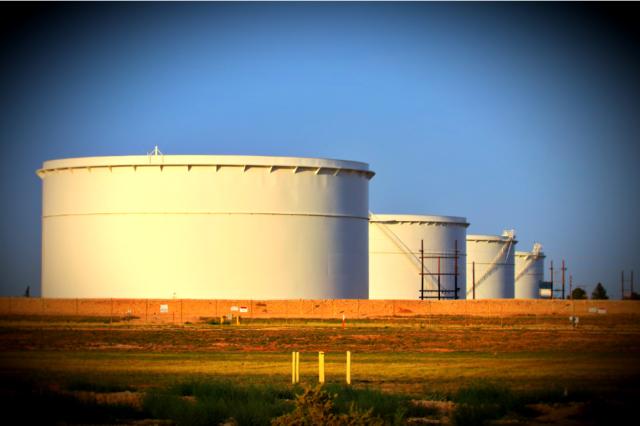
Refinery utilization rates in the U.S. rose by 0.7 percentage point in the week to 83%, the highest level of refining utilization since March 2020. (Source: Shutterstock.com)
U.S. crude oil stocks plunged unexpectedly last week, tumbling by more than 6 million barrels, as refiners ramped up production rates to pre-pandemic levels amid rising fuel demand, the Energy Information Administration (EIA) said on Feb. 10.
Crude inventories fell by 6.6 million barrels in the week to Feb. 5 to 469 million barrels, compared with expectations in a Reuters poll for a 985,000-barrel rise.
Refinery utilization rates rose by 0.7 percentage point in the week to 83%, the highest level of refining utilization since March 2020.
Refinery crude runs rose by 152,000 bbl/d in the last week, the EIA said, as refiners expect fuel demand to continue to rebound from last year’s coronavirus-induced weakness.
Fuel demand was also higher, with refined product supplied rising to 20.2 million bbl/d. Gasoline demand over the last four weeks, however, is still 10% lower than at the same time a year ago.
Crude prices were little changed after the data, with WTI futures in the U.S. up six cents to $58.43/bbl as of 10:49 a.m. EST (15:49 GMT), while Brent rose 19 cents to $61.28/bbl.
“A combination of higher refining activity and lower imports resulted in a fourth consecutive draw to oil inventories, and a chunky one at that,” said Matt Smith, director of commodity research at ClipperData.
Net U.S. crude imports rose last week by 216,000 bbl/d, EIA said.
U.S. gasoline stocks rose by 4.3 million barrels in the week to 256.4 million barrels, compared with expectations for a 1.8 million-barrel rise.
Distillate stockpiles, which include diesel and heating oil, fell by 1.7 million barrels in the week, versus expectations for a 790,000-barrel drop.
